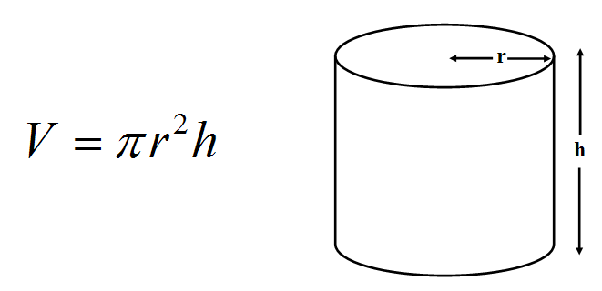How Do IoT Devices Work In Measuring Water Volume In A Water Tank
Published on by Shibani Thakur, waterapp2021@gmail.com in Technology
Every installation of level monitoring devices has been a smashing success. Users can determine the volume of liquid in any shape, size, direction, or substance with the help of their deployments. These technologies communicate readings of the liquid level to a complete platform suite using the advanced telemetric Water Technology of the Internet of Things, all without touching the liquid.
Although these systems provide significant benefits to enterprises once they are set up, measuring liquid levels does come with a few downsides. Firstly, there is no need for a method that measures the depth or level of liquid in a tank on an industrial scale. Although it aids in keeping the tanks from becoming too full or too dry, it obscures the view of the liquid level inside. The more precise measurement of 200 liters of liquid in the tank is preferable to the more generalized measurement of 3.2 meters.
Volume, then, is a far more suitable and transparent metric for monitoring and tracking a tank’s contents. In addition to providing more accurate information regarding a liquid’s availability, it aids in assessing its consumption and usage across various industries.
But how can one implement a volume measurement technology on an industrial scale? Is it necessary to buy a specialized system for this, or is there a cheaper way to do it? Once implemented, the Water Technology system can be translated to determine the volume of liquid in the tanks. Now we’ll examine the process.
How Will The Volume Be Measured?
Volume measuring uses the same tools and operates in a similar way as level monitoring. To determine the amount of liquid, a sensor is either mounted to the outside of the tank’s base, hung in midair above an empty tank, or drilled into the lid.
A local gateway collects the readings and sends them to a suite of cloud-based platforms after collection is complete. No matter how symmetrical or asymmetrical the tanks are, the volume of liquid stored in them may be determined using these level readings.
Based on its current level reading, the platform uses built-in algorithms and formulas to determine the volume of liquid held in standard containers. If you know the radius of an upright cylindrical tank, you can figure out its volume by measuring how high you can fill it with liquid.
To find the volume in the Water Technology system, we apply the following formula:

Level monitoring can also be used to find the volume of liquid in tanks with different geometries, such as spherical, cuboidal, or a mix of these. Assuming the calculations are correct, the tanks’ orientation will also not be an issue. Therefore, the volume of the liquid could have been accurately calculated even after installing the cylindrical tank on its curved surface.
Asymmetrical or uniquely shaped tanks, though, provide a different challenge. There are some industrial uses where symmetrical tanks might not be the best choice. It may be necessary to construct an in-house tank for liquid storage and management. What is the best way to determine the capacity of these tanks?
It is necessary to know the volume for each level reading in advance for these tanks. You can calculate the volume using real-time liquid level readings by tabulating and feeding these similar levels and volume readings into the platform by Water Management App. Once the gateway sends the sensor readings for the liquid level to the whole platform suite, the platform can compare the readings to the tabular data that was previously entered to ascertain the tank’s liquid capacity.
Therefore, it is possible to continuously monitor and measure the amount of liquid in asymmetrical containers from a distance. By keeping tabs on their inventory levels, businesses can optimize their on-floor operations and cut down on downtime thanks to remote volume monitoring.
Conclusion
When compared to basic level monitoring, the Water Management App has many advantages. The nicest thing about the Internet of Things is that you can keep an eye on both of these factors related to the tank’s contents in real-time from anywhere utilizing only one platform. The system is well-suited for installation in many businesses that deal with various types of liquids due to its comprehensiveness.
Taxonomy
- Supercritical water technology
- Water Tech